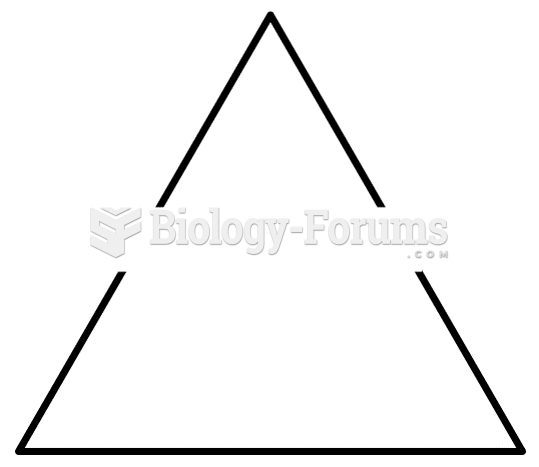Answer to Question 1
Continuity: We tend to perceive smoothly flowing or continuous forms rather than disrupted or discontinuous ones.
Closure: We tend to perceptually close up, or complete, objects that are not, in fact, complete.
Answer to Question 2
A pathway in general is the path the visual information takes as it enters the human perceptual system through the eyes to its being completely processed. Generally, researchers agree that there are two pathways. Work on visual perception has identified separate neural pathways in the cerebral cortex for processing different aspects of the same stimuli. Perception deficits, such as ataxia and agnosia, indicate the existence of different pathways. The information from the primary visual cortex in the occipital lobe is forwarded through two fasciculi (fiber bundles): One ascends toward the parietal lobe (along the dorsal pathway), and one descends to the temporal lobe (along the ventral pathway). The dorsal pathway is also called the where pathway and is responsible for processing location and motion information; the ventral pathway is called the what pathway because it is mainly responsible for processing the color, shape, and identity of visual stimuli. This is the whatwhere hypothesis. Most of the research in this area has been carried out with monkeys. In particular, a group of monkeys with lesions in the temporal lobe were able to indicate where things were but seemed unable to recognize what they were. In contrast, monkeys with lesions in the parietal lobe were able to recognize what things were but not where they were.
The whathow hypothesis is an alternative interpretation of the visual pathways. This hypothesis suggests the two pathways refer not to what things are and to where they are, but rather to what they are and to how they function. According to the whathow hypothesis, spatial information about where something is located in space is always present in visual information processing. What differs between the two pathways is whether the emphasis is on identifying what an object is or, instead, on how we can situate ourselves so as to grasp the object.
The what pathway can be found in the ventral stream and is responsible for the identification of objects. The how pathway is located in the dorsal stream and controls movements in relation to the objects that have been identified through the what pathway. Ventral and dorsal streams both arise from the same early visual areas. The whathow hypothesis is best supported by evidence of processing deficits: There are deficits that impair people's ability to recognize what they see and there are distinct deficits that impair people's ability to reach for what they see (how).







